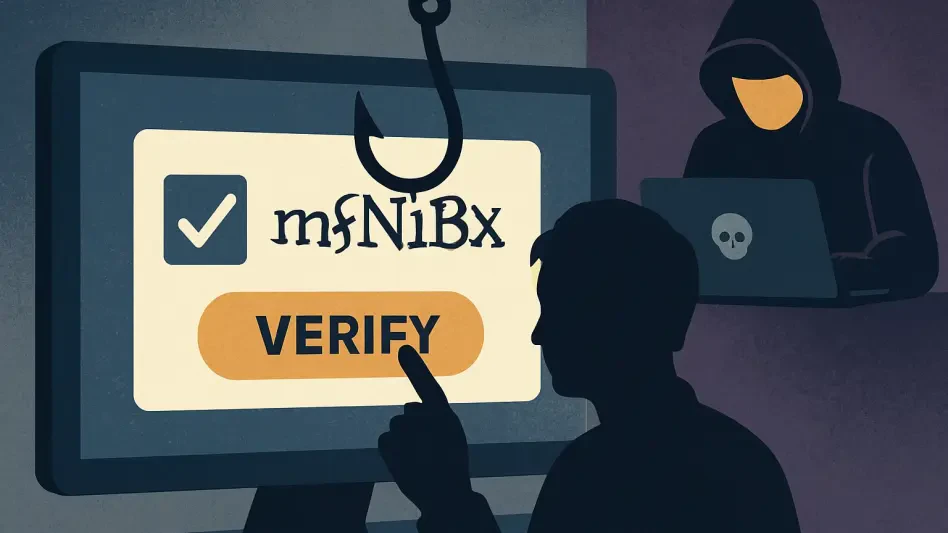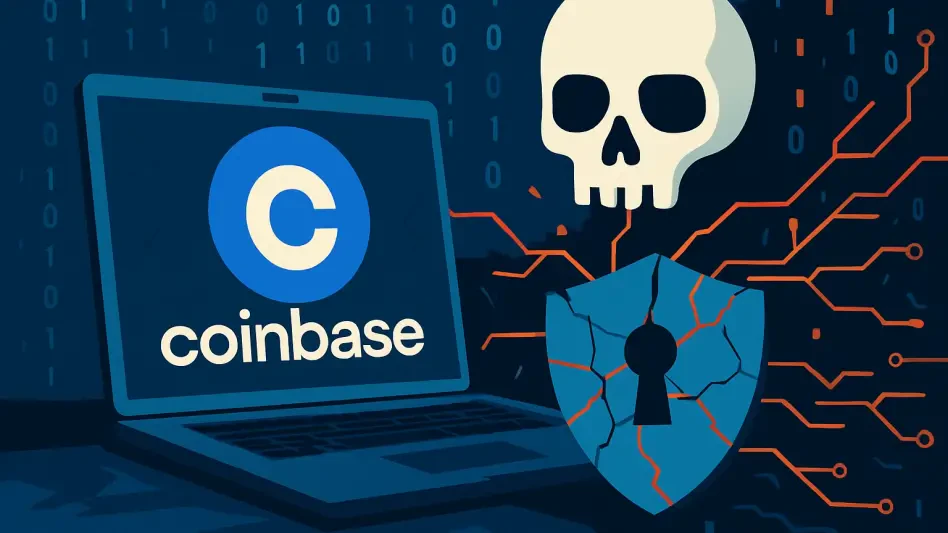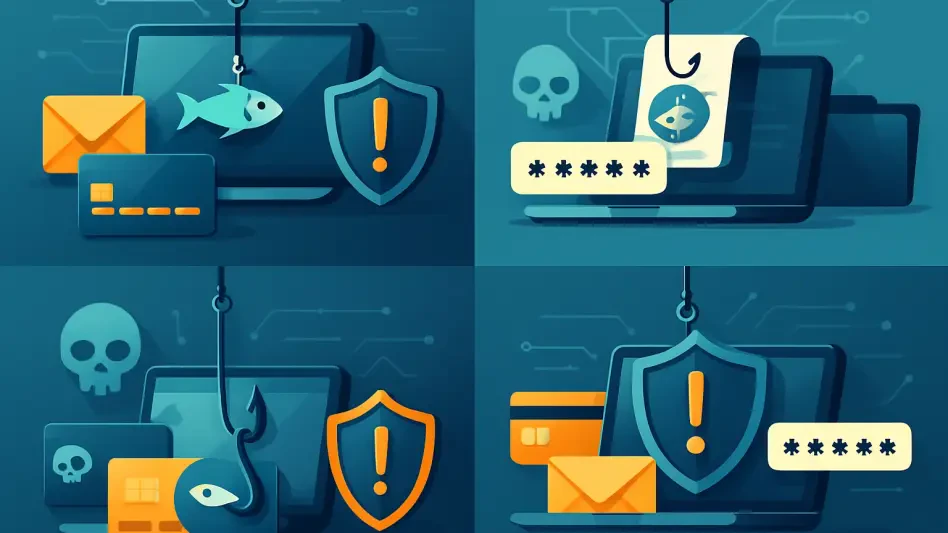The buzzword of this month is DeepSeek. The emergence of this Chinese AI company, which reportedly developed its R1 chatbot at a fraction of the cost of competitors like OpenAI’s ChatGPT and Google’s Gemini, sent ripples through the U.S. tech stock market and sparked discussions on AI infrastructure costs and competitiveness. However, a more alarming issue emerged, as millions of uninformed users, including government employees, flocked to DeepSeek’s website, registering and sharing personal information without considering security or privacy risks. This lack of caution is common when it comes to social media and Internet apps. Despite security awareness training, users often drop their guard when engaging with these platforms, making them prime targets for cyber adversaries. Attackers exploit the data harvested from these applications to lay the foundation for sophisticated cyberattacks.
Many users are blinded by the immediate benefits of new platforms like DeepSeek, disregarding privacy policies upon signing up. If they did review these policies, they would realize DeepSeek collects a vast array of data—far surpassing even TikTok, a known national security concern. In addition to user input (text, audio, chat history, and uploaded files), DeepSeek automatically collects IP addresses, unique device identifiers, device model and operating system, keystroke patterns or rhythms, system language, as well as user IDs and cookies. Much of this data is unnecessary for AI query purposes, raising significant privacy concerns.
1. The Threat of Social Media and Internet Apps
Social media and Internet apps present a major blind spot in cybersecurity. Because these platforms often display user posts publicly, attackers can silently gather data without the user’s knowledge. Information shared on social media can be exploited to guess passwords, impersonate individuals, or craft targeted phishing attacks. The allure of public validation often leads users to overshare personal information, making them easy targets for cyber criminals. Corporate accounts are also at risk, considering the sensitive data they may contain and the potential monetary rewards for attackers.
Attackers often target businesses, as they offer higher rewards. A common attack strategy involves:
- Target Selection – Reviewing LinkedIn for high-value corporate employees and low-privilege users who may be more susceptible to social engineering.
- Data Collection – Scouring social media for personal details such as pet names, favorite sports teams, or education history—clues that can be used to guess passwords or answer security questions.
- Attack Execution – Deploying phishing emails, brand impersonation, malware, and social engineering tactics to gain access to credentials, leading to potential data breaches.
Additionally, employees’ personal social media activities can inadvertently expose company information. For instance, a simple post about a business trip could provide clues about a company’s upcoming ventures or partnerships. Consequently, organizations must constantly educate their employees on the importance of limiting the amount of information shared online and recognizing common cyber threats.
2. How to Minimize Risk Exposure
To minimize risk exposure, it is crucial that both individuals and organizations adopt proactive cybersecurity measures. Users should be encouraged to thoroughly review privacy policies and limit the amount of personal information they share on social media and internet apps. Implementing strict security protocols and conducting regular training sessions can help in raising awareness about potential threats. Additionally, employing advanced cybersecurity tools and technologies can aid in monitoring and protecting sensitive data from unauthorized access. By understanding the risks and taking appropriate measures, users can significantly reduce their vulnerability to cyberattacks.







